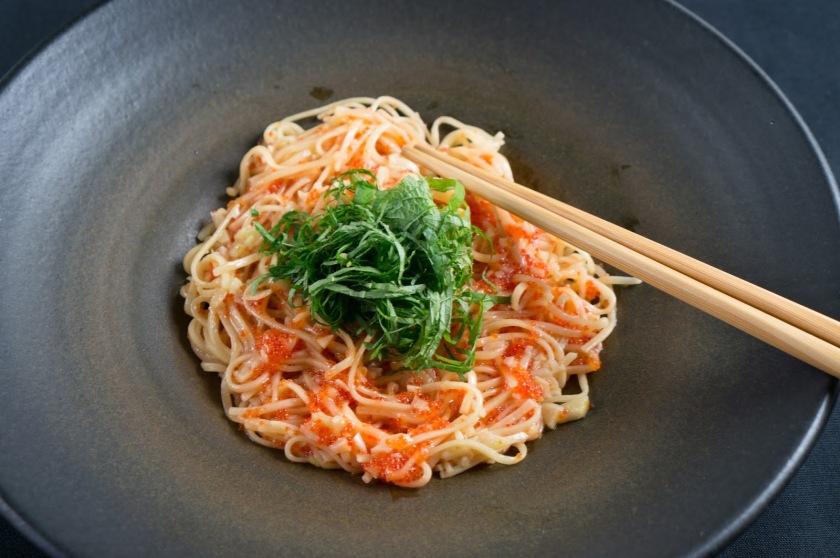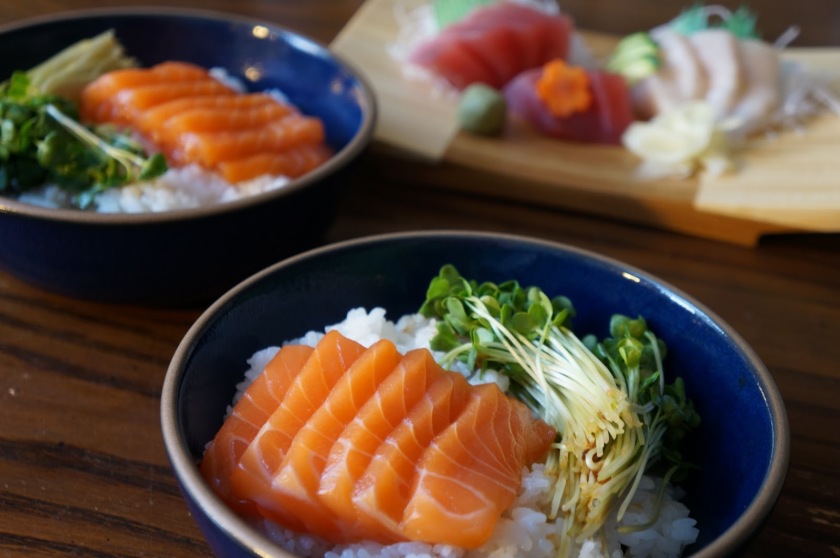Quick Pickled Cucumber With Umeboshi
“Fortunately, canning is not a prerequisite for pickling. In fact, as long as you can commit to eating them within a week or two, there are countless pickles that you can make quickly and store in your fridge.” — Mark Bittman Quick pickles, also called refrigerator pickles, are unfermented pickles made by marinating vegetables or fruits in a vinegar or salt solution for a short period of time, usually several minutes to a few days. They don’t require canning if they won’t be stored for more than a few weeks, though they should be refrigerated. Usually recipes for quick pickles are simple and require minimal effort — often just cutting, mixing, and waiting. Slightly more complicated recipes may require blanching or may require the brine to be heated to dissolve sugar or salt, infuse flavorings, or lightly cook the vegetables. Examples of quick pickle recipes can be seen here (Mark Bittman), here (Food52), here (Smitten Kitchen), or here (The Awl). This quick pickle is recipe is one of the simplest types; it requires only cutting and mixing ingredients. These pickles …









